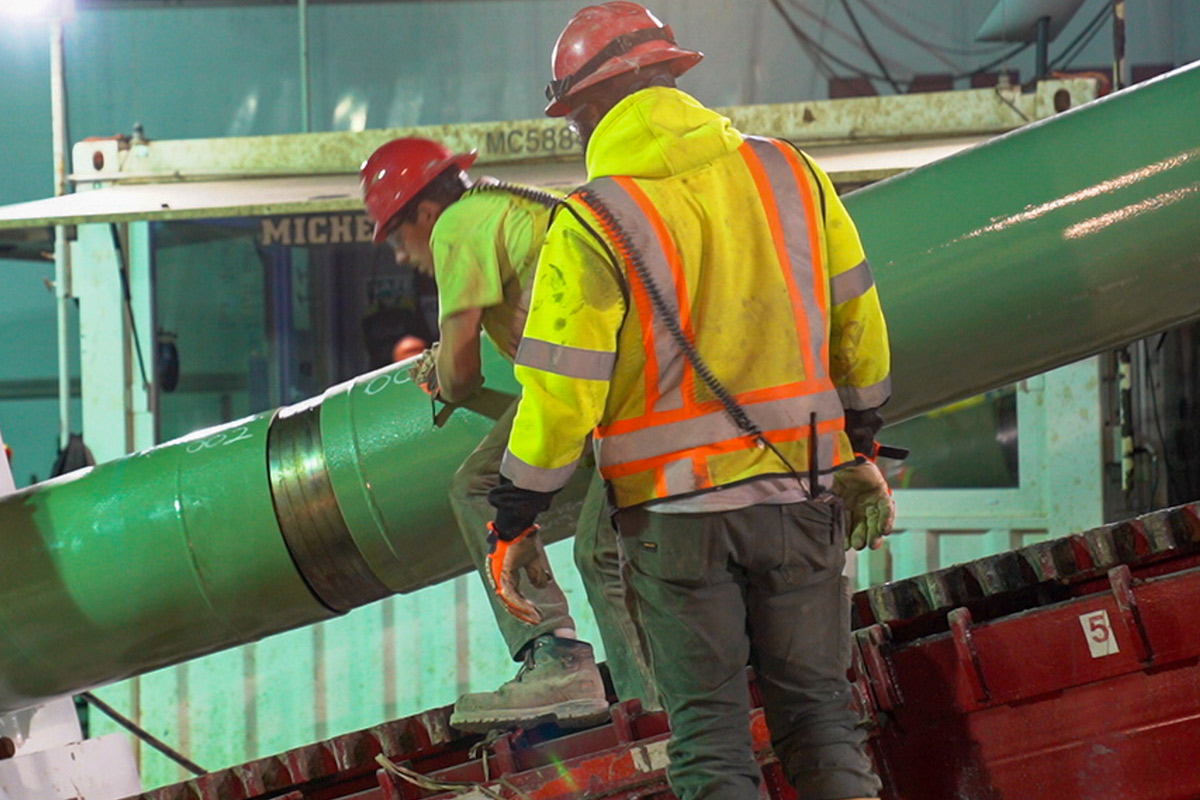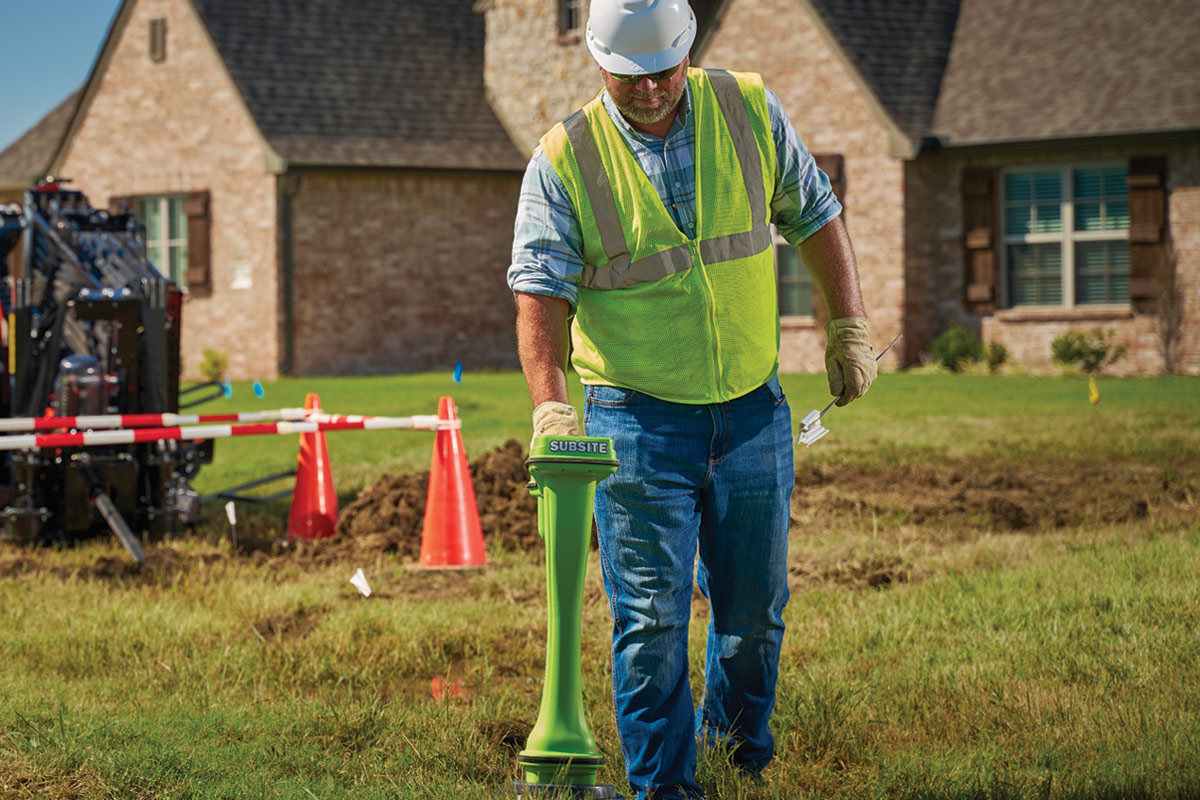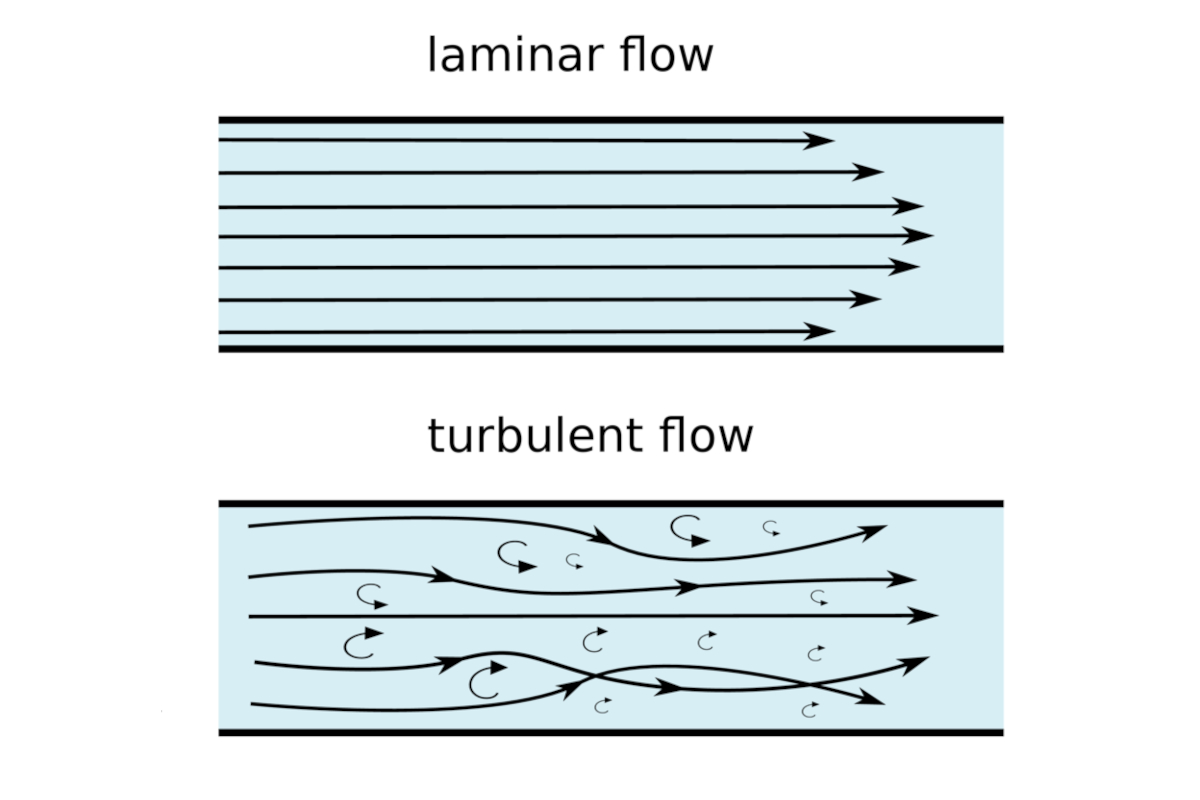Drill Master: Locating & Identifying Utility Lines
Horizontal directional drilling and auger boring contractors are purchasing electro-magnetic locators to verify the utility markings and depth at their jobsite. These locators transmit a radio signal on the metallic utility and a receiver, with antennas mounted inside, pick up the signal aboveground.
With more and more utility lines being installed underground, boring contractors need to locate and expose the utilities in their bore path by non-destructive means. Vacuum excavating or hand digging a locate mark that is 6 in. off can be time consuming and costly to a contractor.
Compare this lost time to the cost of a good utility locator.
There are contractors sending a crewmember to locate school and then add this responsibility to his job description. The contractor can then afford to keep a locator with every crew that has locator training. Most of the locating manufacturing companies provide on-the-job training. There are utility locators manufactured that can also track the directional drilling transmitter.
Sewer laterals have been a major issue. Clay and PVC laterals have no means to apply an electro-magnetic field to them. There are transmitters or sondes that can be inserted with fiberglass duct rod into the lateral from either side of the lateral. The receiver can then track the transmitter aboveground for an accurate locate. Ductile and cast iron will accept an electro-magnetic signal and then can be tracked from aboveground.
There are also companies that manufacture sewer cameras that can be sent down the lateral and transmit an electro-magnetic signal and be tracked from aboveground. Whichever method is used, the lateral can then be exposed safely. The depths can then be verified and this will help to properly plan the bore. A recent three-part series in Trenchless Technology (October, November and December 2006) explains the dangers of boring through sewer laterals, called cross-boring. The uniform color code for sewer and drain lines are green by the American Public Works Association (APWA).
Polyethylene (PE) gas lines cannot be located without a tracer wire installed with it. Most gas companies today install a 10- to 12-gauge insulated wire with the PE main or service. The APWA uniform color code for gas, oil, steam, petroleum or gaseous material lines is yellow. Steel gas mains should readily accept an electro-magnetic field. When they are cathodic protected, they create a 100- to 120-Hz signal. This signal can be recognized and located with just the receiver if so programmed. Depths will not be accurate in this passive mode.
Water lines are installed mostly below the frost line in most states and are made of ductile iron, steel, high-density polyethylene (HDPE) and PVC. The PVC and HDPE need a tracer wire installed with it for a proper locate. The ductile iron and steel will accept the electro-magnetic field. There are areas in the United States where transite (fiberglass) pipe is the carrier for water. This pipe also will not accept an electro-magnetic field. The APWA uniform color code for potable water is blue. For reclaimed water, irrigation and slurry lines the color code is purple.
Electric, telephone and cable TV lines will accept an electro-magnetic field. All three also create a signal. If the receiver is so programmed, electric lines can be located at 50 to 60 Hz. Cable TV carries signal and voltage that is usually located with just a programmed receiver at 31 KHz. Telephone has noise and voltage carried on it. Depths in these passive locate modes will not be accurate. Fiber optic can be located if there is a tracer or metal membrane installed with it. The APWA uniform color code markings are electric-red, telephone; cable TV, communication and fiber are orange.
The other color codes are white for proposed excavation or black in areas where there is snow on the ground. Pink will be for temporary survey markings.
On March 10, 2005, the Federal Communication Commission (FCC) approved the use of 811 as the national call before you dig telephone number, which will interface with 62 one-call centers across the United States. The one-call centers all have toll free numbers also. Send some crewmembers to locating school or receive on-the-job training from your supplier or your locating manufacturing company and let’s cut the utility hits to zero.




